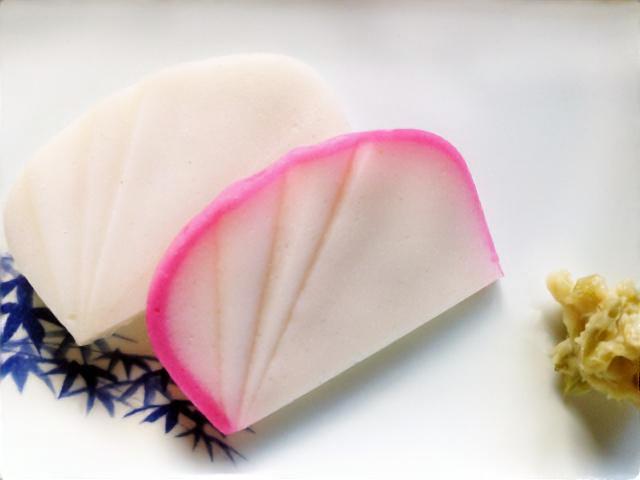
Japanese delicious kamaboko (fish cake) is very good for your health. Because it is rich in protein and low in calories.
The ingredients are mainly fish.
It is served on the table even at Japanese celebrations.
Now, let me tell you more about kamaboko (Fish cake).
What is kamaboko (fish cake)?

The steamed fish paste was already produced around the end of the Edo period.
Steamed kamaboko is produced all over the country, but the representative products are the steamed shimamabo with a plate and the relatively small steamed kamaboko with a plate in eastern Japan.
Odawara-type steamed fish paste with plate is molded and overheated to a thick empty plate using raw surimi such as uchi and frozen surimi such as walleye pollack.
The appearance is characterized by whiteness and glossiness, and the texture is based on the sweetness-based pale taste, the fresh odor of bottom fish, and the supple elasticity and fineness.
Western-style steamed sashimi boiled fish paste uses frozen surimi such as pork, sesame, pear surimi, and walleye pollack to balance sweetness and saltiness, and the seasoned surimi preserving the sweetness of the fish is thinly seasoned. It is characterized by being attached to a board and making a product with appropriate elasticity. In addition, there is also a product in which cellophane is put on the surface of the kamaboko before heating to improve its storage stability.
Nationally, kamaboko is made mainly of walleye pollock.
Why is the kamaboko on the board?

Kamaboko absorbs and absorbs water during steaming and cooling. At that time, the kamaboko board keeps a certain amount of water for a long time by taking in and out the water according to the drying of the kamaboko.
This is a property of wood and can’t be achieved with ingredients, resin, etc. This has the effect of suppressing corruption.
It was said that the kamaboko came with a plate during the Azuchi-Momoyama era, and there may have been some ingenuity for the chef to prepare the food as a gift.
Besides, it seems to play various roles such as being able to be molded without touching the surimi and being convenient to carry when heating.
The kamaboko board is made of white, knotless, and odorless wood such as fir and syllabi, but some cedar is also used for the purpose of enjoying the aroma.
What is red and white kamaboko?

As a symbol of "sunrise", kamaboko is a must-have dish on New Year's Day. The red represents the sacredness and the white represents sacredness. A Japanese dish that you can taste as well as taste. It is an indispensable food for New Year's table. The beautifully decorated decorations make celebrations even more gorgeous.
The origin and origin of the red and white kamaboko
Since the shape of the kamaboko is similar to that of the first sunrise of the year, it is used as a congratulatory symbol for New Year. Red means amulet and white means clean.
Where do you sell red and white kamaboko?
Various kamaboko are sold in the kneaded food corner of a supermarket in the streets of Japan. Red and white kamaboko are often sold for 200 to 400 yen. However, please be careful as each year it costs about 1000 yen for the year-end and New Year season.
Let's learn about the nutrition of kamaboko.
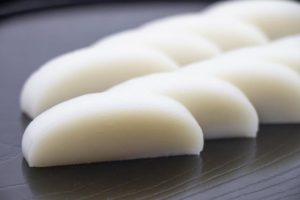
Take a look at the three major nutrients in steamed kamaboko that are most familiar to the Japanese diet.
Steamed kamaboko (fish cake (per 100g))
Protein 12.0g
Fat 0.9g
Carbohydrate 9.7g
As you can see from this figure, steamed kamaboko is a food that contains a lot of protein but a small amount of lipid. The reason for this result is the ingredients used for kamaboko. The main ingredient of steamed kamaboko is white fish, and cod, etc. are often used. Since white fish is characterized by high protein and low fat, steamed fish paste is an ingredient with high protein and low fat.
※ I think the merit is great if you ask about high protein and low fat, but unfortunately one caution. That is salt. Steamed kamaboko contains 2.5g of salt per 100g.
Let's have a good knowledge of kamaboko.

Surprisingly, kamaboko is a useful ingredient because it looks gorgeous just because it has colored kamaboko.
Since white fish is used in the ingredients of kamaboko, it is also a nice point that kamaboko has high protein and low fat.
However, since it has a high salt content, it is not always a merit ingredient. Also, the combination of classic cheese and kamaboko is high in calories, so be careful when combining kamaboko.
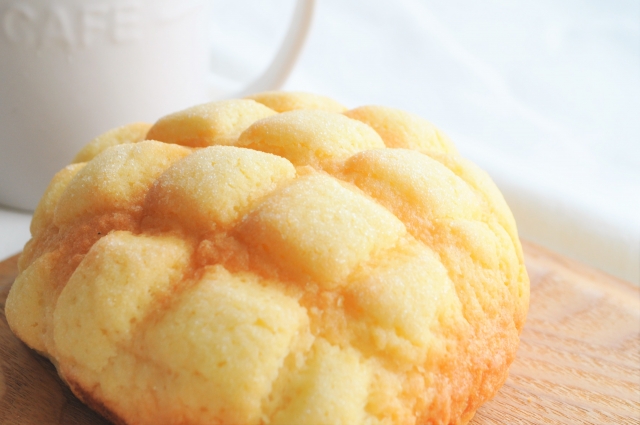
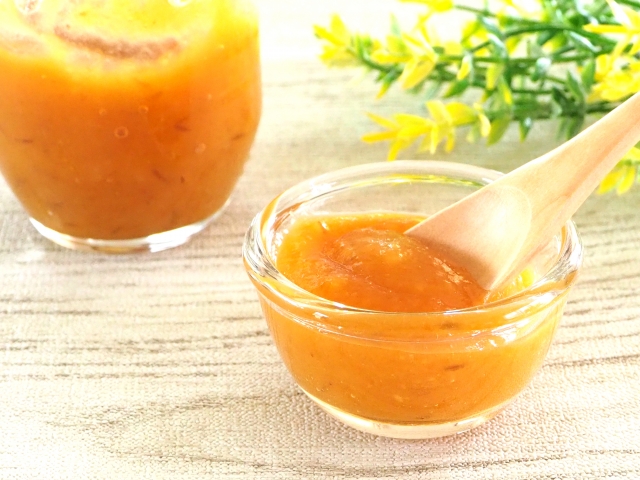

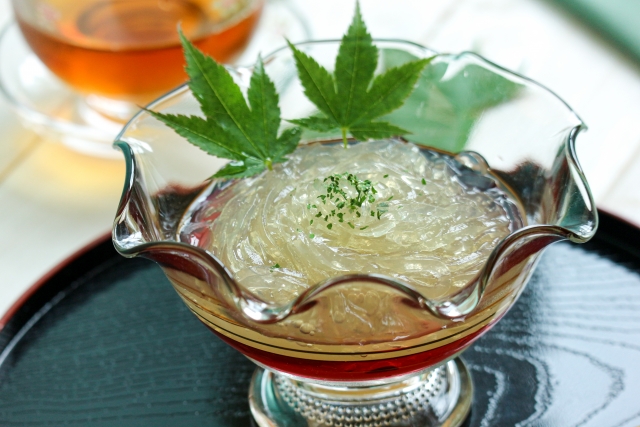


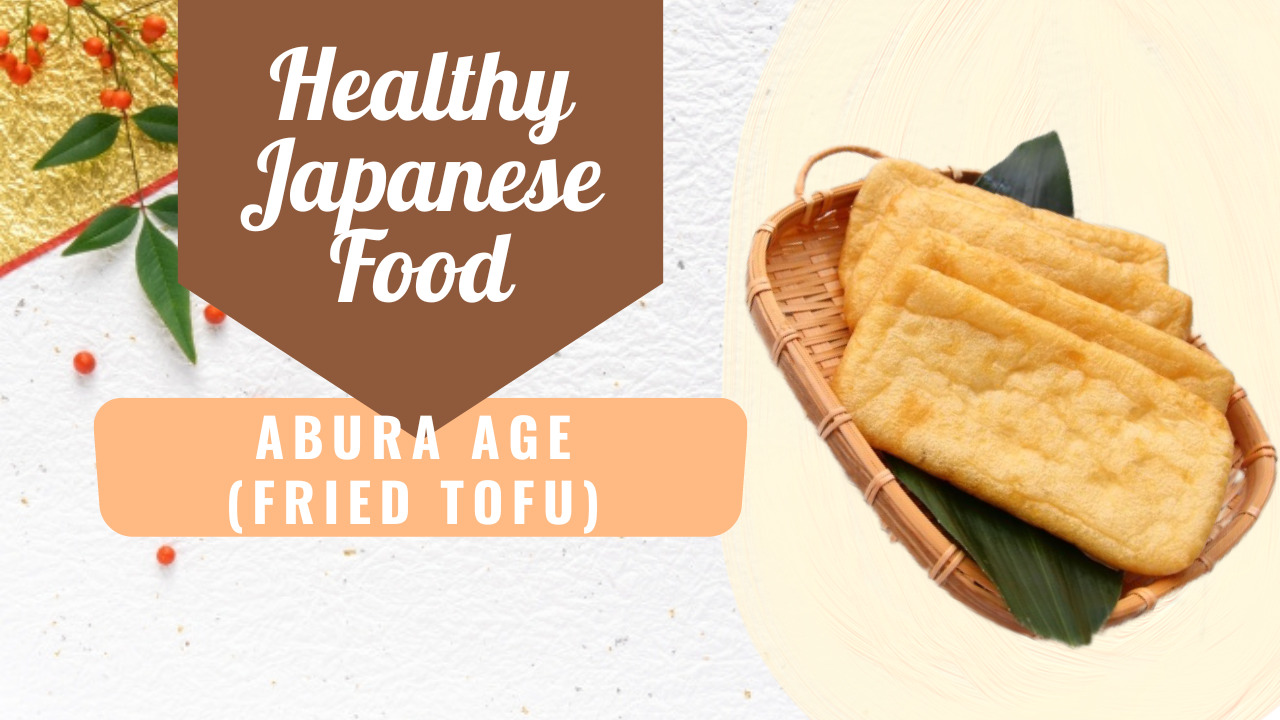
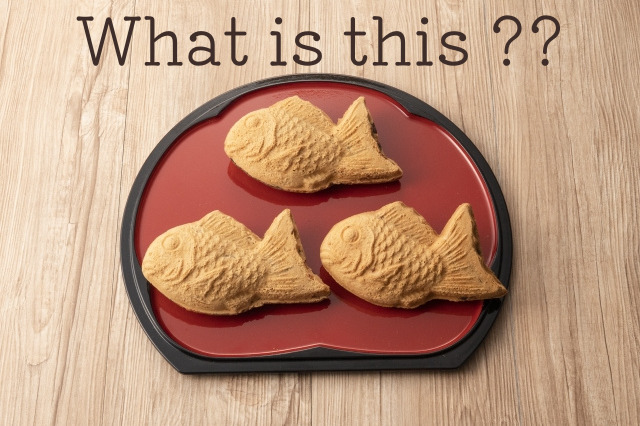


![●[Nutritional ingredients of miso] Charm of miso seen from 8 nutritional values~Let's make instant miso soup~](https://healthyjapanesefoods.com/wp-content/uploads/2020/04/misodama-1-150x150.jpg)

![●Japan's high-protein, low-calorie foods that are popular around the world. It's like high-quality food! Boiled fish paste. [Kanikamaboko]](https://healthyjapanesefoods.com/wp-content/uploads/2019/10/Kanikama-150x150.jpg)



